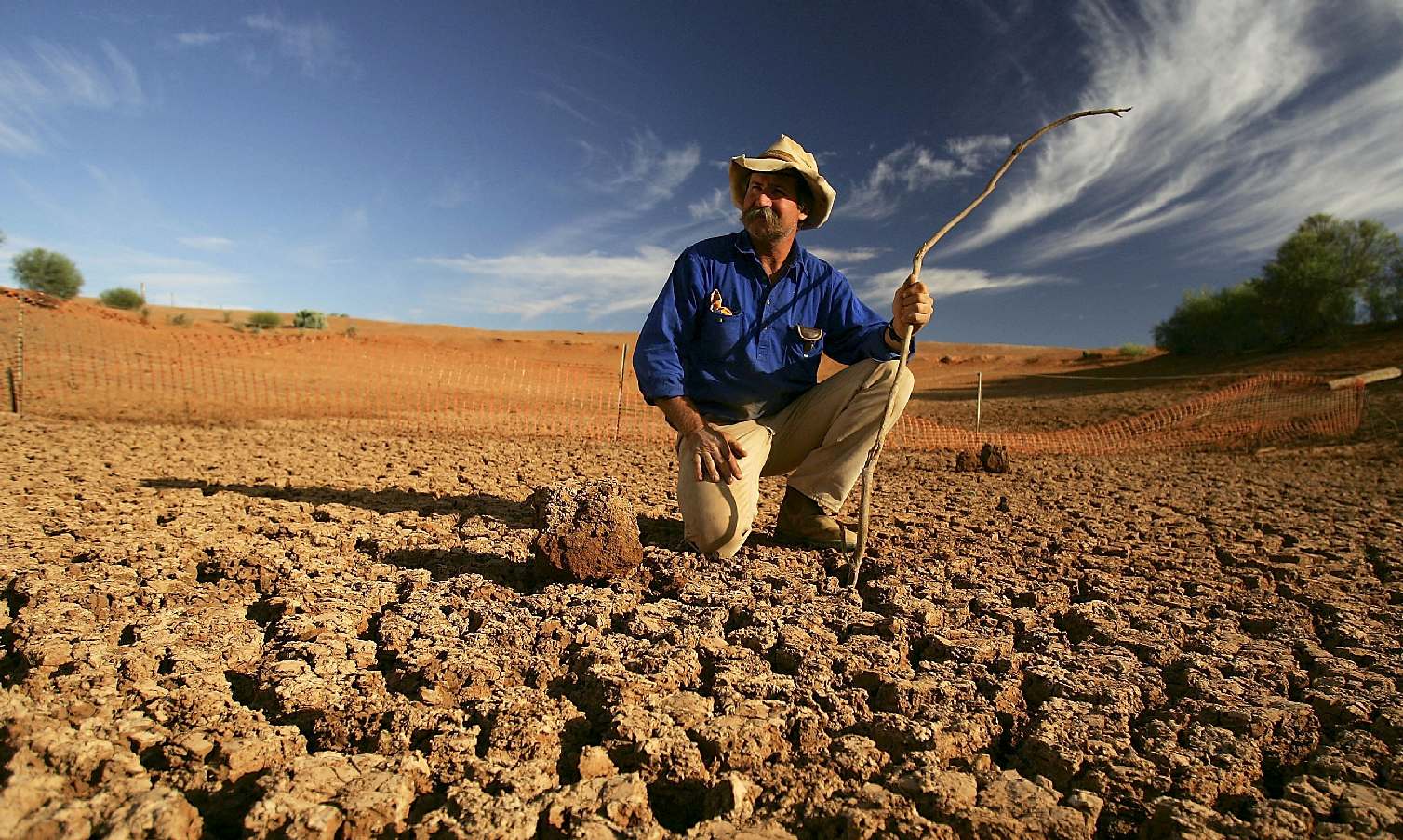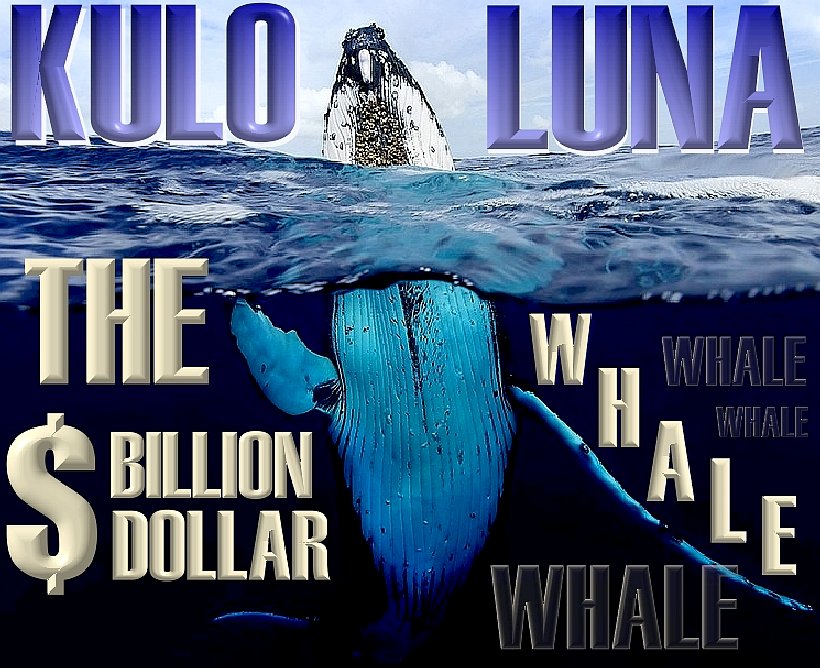|
CLIMATE CHANGE
Please use our A-Z INDEX to navigate this site
|
|||||||||||||||||||
Mostly, when man intervenes in the natural world he creates a mess of things. We used our ability to exploit technology to increase our production, and make life easier.
One of the most important discoveries for modern living was fire. We used fire to cook food and heat our caves - now homes. Then we discovered coal and oil. We soon changed from steam power to petrol and diesel to replace horses and sailing ships, and a mix of fuel to generate electricity.
Before that we relied on the Sun for our energy. Now we use stored energy along with radiation from our Sun.
Our pace of life increased, along with our burning of fossil fuels. These are the fuels that generate greenhouse gases, that tend to insulate the planet and warm it. Before we increased the percentage of greenhouse gases, the Earth's temperature was relatively stable.
When the incoming energy is greater than the outgoing energy, earth's energy budget is positive and the climate system is warming. If more energy goes out, the energy budget is negative and earth experiences cooling. Oh joy. How do we arrange for that?
PREVENTION IS BETTER THAN CURE
When the incoming energy is greater than the outgoing energy, earth's energy budget is positive and the climate system is warming. If more energy goes out, the energy budget is negative and earth experiences cooling. That would mean bigger polar ice caps, where they are melting at the moment. How do we arrange for that?
We need to eliminate the use of fossil fuels by replacing them with renewable energy such as solar and wind farms
ENERGY INCREASES LINKED TO POPULATION GROWTH
The more people on the planet, the more we need energy for heat and transport, meaning more greenhouse gases. We also need to grow food and raise livestock to feed more mouths, and that creates yet more greenhouse gases.
The plain fact is that our growing population, demands more of everything, but we only have one planet. Robotic space exploration has not revealed other suitable alternatives to planet earth, so we'd better act quickly if we are to survive.
THE UNITED NATIONS CLIMATE CONFERENCES
DESERTIFICATION CONFERENCES
WHAT ABOUT OUR OCEANS?
Six ways that warmer temperatures are affecting our oceans:-
1.
Coral bleaching
2.
Fish migration
3. Fish shrinkage
A new study (21-8-17) by researchers at the University of British Columbia explains that fish are cold blooded and cannot regulate their own body temperatures. Thus, when their waters get warmer, their metabolism accelerates and more oxygen is needed to sustain body functions. For this reason fish could shrink in size by 20 to 30 per cent if ocean temperatures rise by just 2°C (3.6°F) - about what is expected to occur around the world by the mid-21st century.
4.
Drowning wetlands
5.
Ocean acidification
6.
A disastrous positive feedback loop
SIX STEPS TOWARD A COOLER PLANET
1. TRANSPORT: Phase out polluting vehicles. Governments aim to end the sale of new petrol, and diesel vehicles by 2040 but have no infrastructure plan to support such ambition. Such infrastructure should exceed the performance of fossil fuel filling stations, prolong EV battery life and provide power grids with a measure of load leveling. Any such system should seek to obviate the provision of millions of fast charge points where implementation could prove to be a logistical nightmare. This may involve international agreement as to energy storage format and statute to steer car makers to collaborate in part in a world of competition.
Marine transport can be carbon neutral given the right policies, with phased transition in specific stages such as not to unduly penalize present investment in LNG shipping and other recent MARPOL compliant IC powered vessels. Future cargo vessel should be at least in part powered by renewable energy, on the road to zero carbon, making allowances for technology catchup.
Air travel powered by kerosene should attract hefty mitigation offset, where low carbon alternatives should be encouraged.
2. RENEWABLES: Renewable energy should replace carbon-based fuels (coal, oil and gas) in our electricity for homes, factories, heating and transport. Coal and nuclear power plants should be phased out.
3. HOUSING: On site micro or macro generation is the best option, starting with new build homes that are both affordable and sustainable by design to replace crumbling housing stocks. Encourage building in timber to provide carbon lock from a renewable natural resource.
4. AGRICULTURE: We need to grow more trees to absorb carbon emissions from a growing population, air travel, and to build new homes. We should promote reductions in food waste and eating of foods that use less energy to produce. Educate children on these matters in schools and via campaigns such as no meat Mondays, should be part of ordinary study.
5. INDUSTRY: Factories should be aiming for solar heating and onsite renewable energy generation. EV parking and even service facilities should be part of new industrial estates as part of any building permissions.
6. POLITICS: - National governing bodies need to adopt rules to eliminate administrative wastages, to include scaling down military spending in overly generous contracts (fraud) for war machines, increasing spend on educating the public and supporting sustainable social policies that mesh with other cultures. This includes fostering policies and making funds available to close links in the technology chain to make up for lost time. Kleptocratic and corrupt empire building must cease in all forms in the search for natural equilibrium. We might introduce harsh fiscal and criminal sanctions for irresponsible administrations.
The adventures of John Storm and the Elizabeth Swann. John Storm is an ocean adventurer and conservationist. The Elizabeth Swann is a fast solar powered boat. During a race around the world, news of the sinking of a pirate whaling ship reaches John Storm and his mate Dan Hawk. They decide to abandon the race and try and save the whale.
Please use our A-Z INDEX to navigate this site
|
|||||||||||||||||||
|
This website is Copyright © 2020 Cleaner Ocean Foundation Ltd and Jameson Hunter Ltd
|

